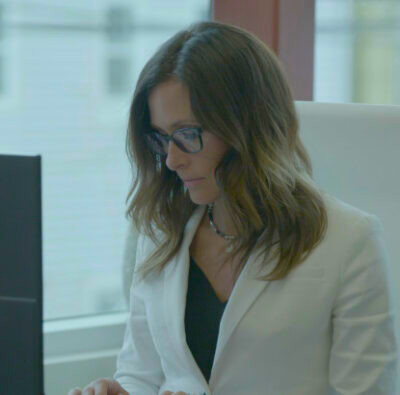Typically, when an accident occurs between two vehicles, the burden of proof lies with the person who was injured to show that the other driver was responsible for their resulting injuries. This burden lies with the pedestrian when an accident occurs in some jurisdictions, such as New Brunswick and Newfoundland.
In some provinces, such as Ontario and Nova Scotia, when a pedestrian is struck by a vehicle on a public roadway, this burden instead lies with the vehicle’s driver to prove they were not responsible for the accident. This is called a reverse onus. The onus, or responsibility, is on the driver to prove they were not at fault.
Similarly, in PEI, the onus is also on the driver to prove they were not responsible in an accident with a pedestrian. However, here, it is not referred to as reverse onus.
Placing the burden on the driver to prove they were not at fault recognizes the vulnerability of pedestrians in relation to drivers operating motor vehicles and emphasizes the importance of both pedestrians and drivers sharing the road in accordance with traffic rules.
In a civil claim for negligence, the burden of proof is on a balance of probabilities standard. In the context of a pedestrian accident, this standard requires that the driver show it is more likely than not they were not responsible for the accident.
If the driver can meet this standard by rebutting the presumption against them, the court will then consider whether the pedestrian was fully or partially at fault for the accident.
As long as the driver who struck a pedestrian is partially at fault for the accident, they will be responsible for paying some portion of damages to the injured pedestrian for the harm that they have caused.
Have questions for our team?
Frequently Asked Questions
Request a
Free Consultation
If you would like to learn your legal options at no obligation, contact us today to set up a free consultation.


